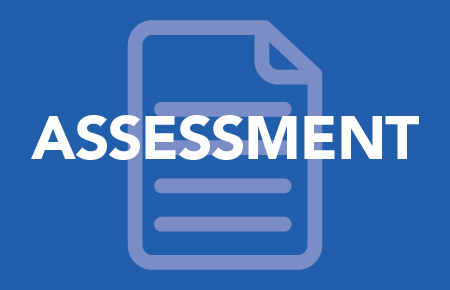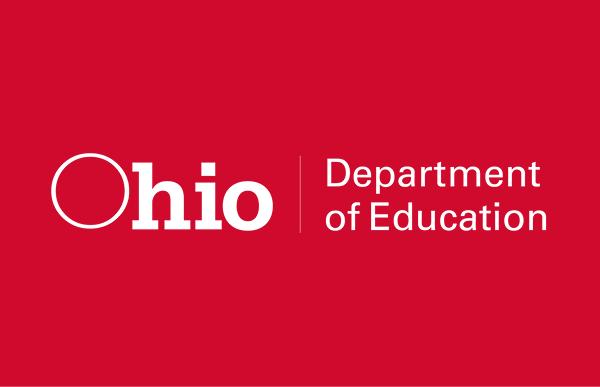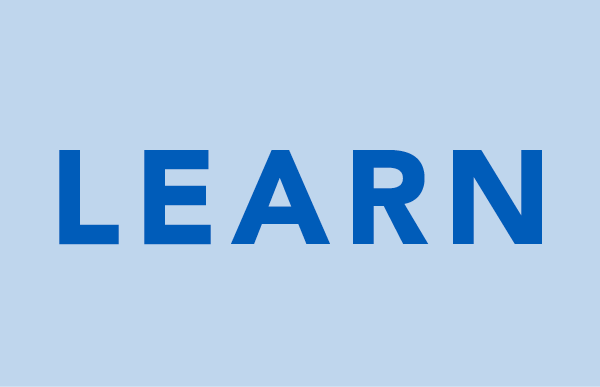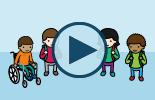Standards Based Instruction and Assessment
Assessment drives instruction for ALL learners, including those with low incidence and intellectual disabilities. Assessments should be aligned to, and measure student knowledge of, grade level standards, functional skill standards in addition to IEP goals and objectives. Teachers will need to use a variety of assessment types and supports for access including educational and assistive technologies, to assist students in showing what they really know. Pre-assessment, formative assessment and post assessment data should be collected in an effort to show growth in learning for each student. Educators should analyze when and how they are assessing learners throughout each school day.
The supports and information in this section will support teachers in the use of assessment data as they plan for instruction.
Assessment / Alternate Assessment
Ohio's Alternate Assessment for Students with Significant Cognitive Disabilities (AASCD) was administered for the first time in spring 2013. The AASCD marks a change in Ohio's alternate assessment, which previously consisted of a portfolio-based collection of evidence. The AASCD is aligned to Ohio's Learning Standards–Extended (OLS-E) and designed to allow students to demonstrate their knowledge and skills in an appropriately rigorous assessment.
The AASCD will be administered by grade band (3-5, 6-8, OGT). All students will be assessed in English language arts and mathematics. Students in grades 5 and 8 will also be assessed in science. Students taking the OGT-AASCD will also be assessed in science and social studies.
Professional development for anyone administering Ohio's Alternate Assessment for Students with Significant Cognitive Disabilities (AASCD) is available through your local State Support Team's (SST's). Please use the map provided to locate your region to inquire about dates of upcoming AASCD professional development.
Learning Standards
Student Growth Measures including Student Learning Objectives (SLO's)
House Bill 362 passed the Ohio legislature on June 3 bringing changes to the Ohio Teacher Evaluation System for the 2014-2015 school year and beyond. Today half of each teacher's evaluation comes from how much their students learn over the course of the year. Student growth measures are a method for determining how much academic progress students are making by measuring growth between two points in time.
Formative Instructional Practices
Formative instructional practices (FIP) are the formal and informal ways that teachers and students gather and respond to evidence of learning. These practices help students answer those questions, in order to become a true partner in the teaching and learning process. There are four core components of FIP. Research shows that integrating these components into daily practice can increase student learning and teacher effectiveness.
Supporting Learners with Complex Needs Padlet
Virtual shelf of resources for educators and families that support the instruction and assessment of learners with diverse and complex needs. Online Resources, ideas for online learning, face-to-face learning and data collection. Resources focus on providing communication, motor and sensory access. Ideas shared here can include designs for meaningful access to Tier I/general curriculum, Specially Designed Instruction (SDI) and Interventions using academic standards and individual data from learner profiles/IEP's.





